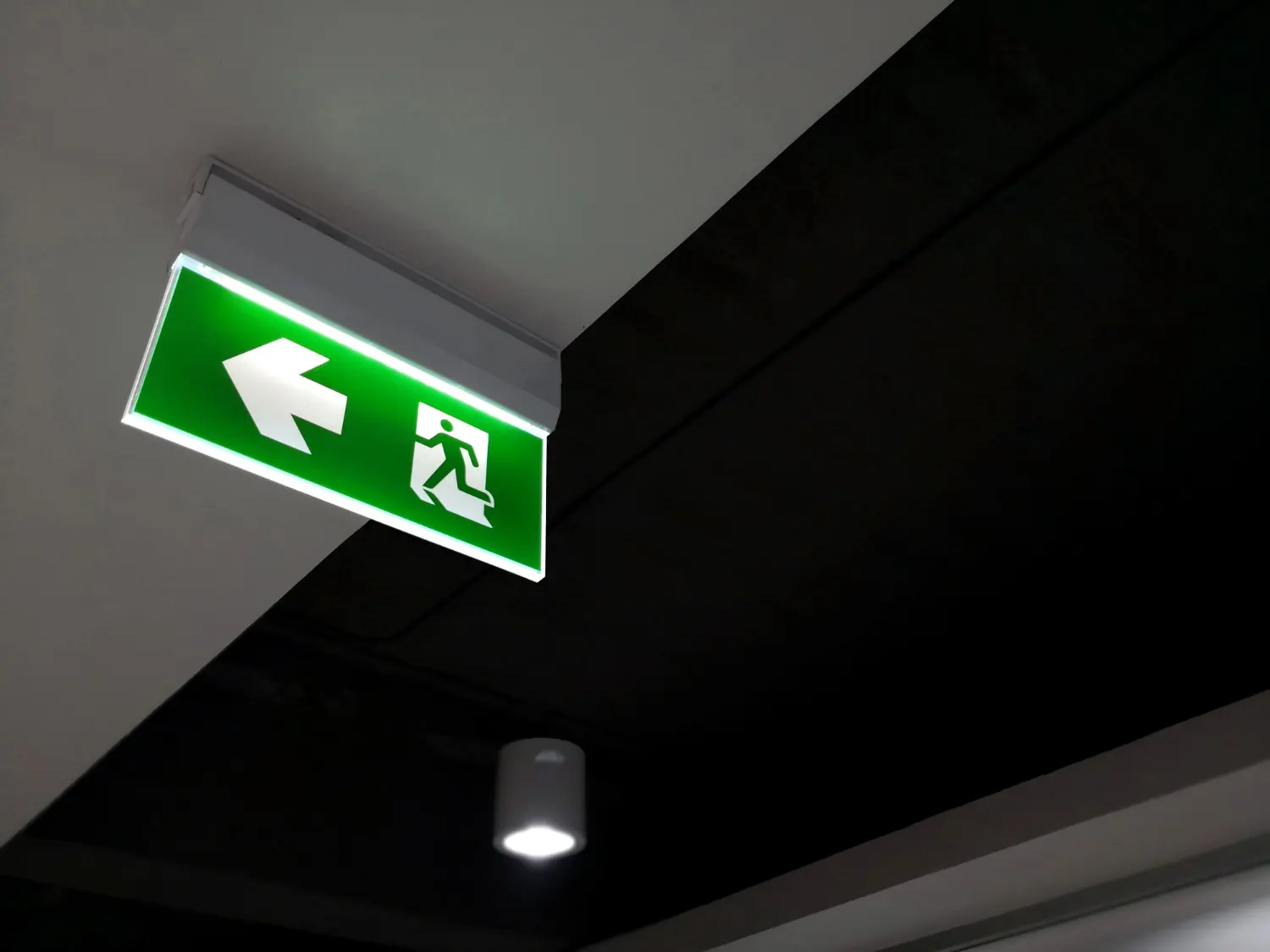
In moments of unexpected power outages or emergencies, the role of emergency lighting is crucial. Whether it's a commercial building, residential complex, or industrial site, having a reliable emergency lighting system can mean the difference between chaos and calm. But what exactly is emergency lighting, and why is it so essential? Let's dive into the details and explore everything you need to know.
What Is Emergency Lighting?
Emergency lighting refers to a battery-backed lighting device that turns on automatically when a building experiences a power failure. It serves to illuminate escape routes, exits, and essential safety equipment, ensuring that occupants can evacuate safely and efficiently. Emergency lighting is a legal requirement in many places and is essential for compliance with building safety codes.
Types of Emergency Lighting Systems
Escape Route Lighting:
Designed to illuminate pathways leading to safety exits.
Essential for guiding occupants out of a building during emergencies.
Standby Lighting:
Allows normal activities to continue during power outages.
Often used in places like hospitals and factories where continuous operation is critical.
Open Area Lighting (Anti-Panic Lighting):
Prevents panic and provides sufficient lighting for large areas.
Helps individuals identify escape routes quickly in large spaces.
High-Risk Task Area Lighting:
Provides necessary illumination for tasks that must continue even during power outages.
Ensures safety in areas with dangerous equipment or hazardous materials.
Why Is Emergency Lighting Important?
Emergency lighting plays a vital role in ensuring safety and compliance in any building. Here’s why it’s indispensable:
Enhanced Safety: Ensures that all exits and pathways are well-lit during emergencies, preventing accidents and facilitating quick evacuations.
Regulatory Compliance: Many regions mandate emergency lighting in commercial and public buildings to meet safety regulations.
Peace of Mind: Knowing that a reliable lighting system is in place can reduce anxiety during power outages or emergencies.
Choosing the Right Emergency Lighting
Selecting the right emergency lighting system for your needs depends on several factors, including the building's size, layout, and usage. Here are some considerations:
Coverage Area: Ensure that the system provides adequate lighting for all escape routes and critical areas.
Battery Life: Opt for systems with long-lasting battery life to cover extended power outages.
Durability: Choose robust systems that can withstand various environmental conditions, especially for industrial settings.
Maintaining Your Emergency Lighting System
Regular maintenance is key to ensuring that your emergency lighting system functions correctly when needed. This includes:
Monthly Tests: Check that all lights activate and provide adequate illumination.
Annual Inspections: Conduct a full system test to ensure batteries and lights are in optimal condition.
Replacement of Faulty Components: Replace any worn-out parts immediately to maintain system reliability.
Final Thoughts
Emergency lighting is more than just a safety requirement; it’s a crucial component of building safety that can save lives. Understanding the various types, their importance, and how to maintain them will ensure that you are well-prepared for any situation. Investing in a reliable emergency lighting system is an investment in safety and peace of mind.